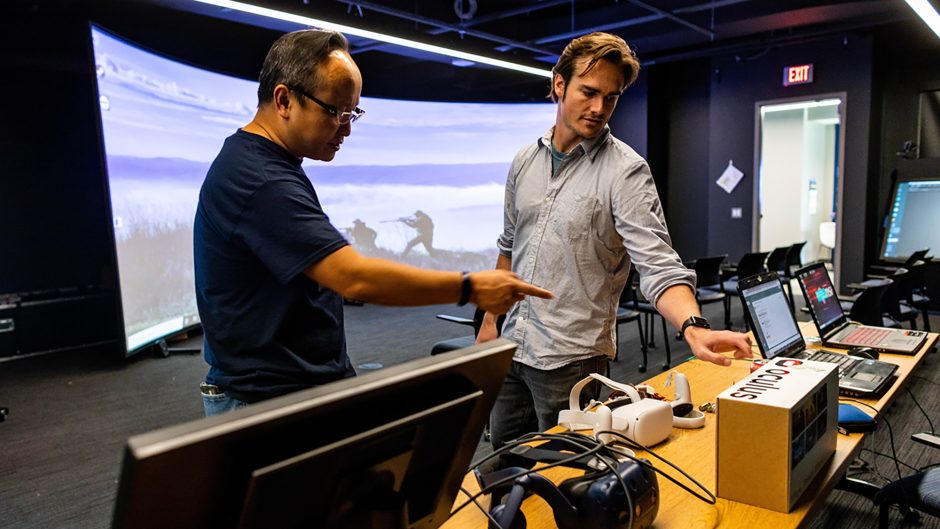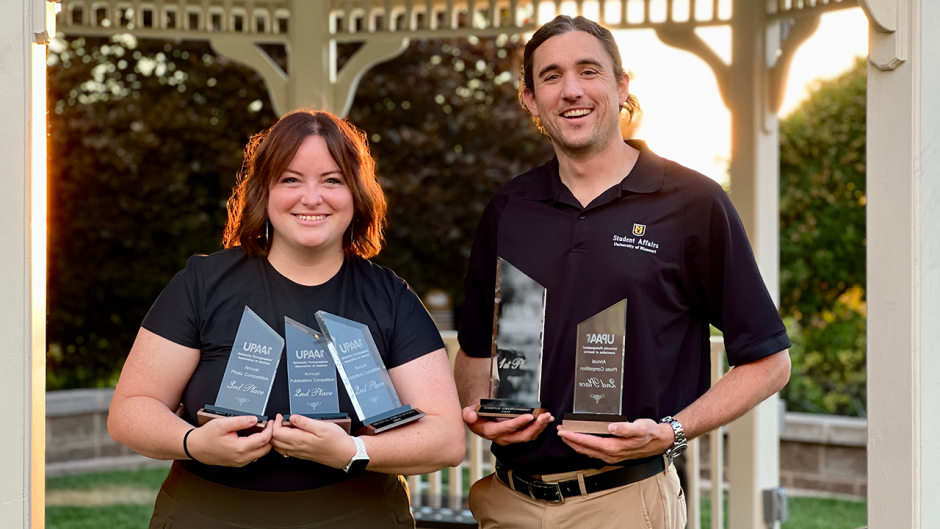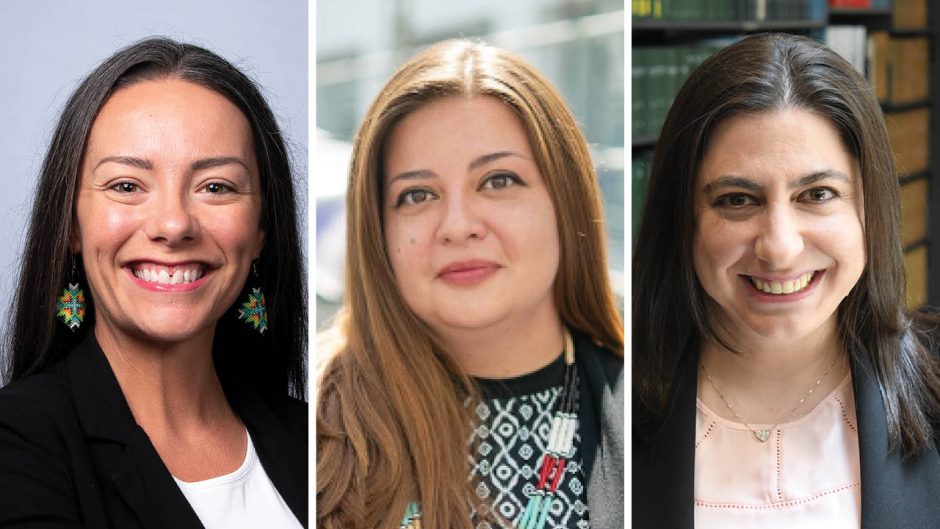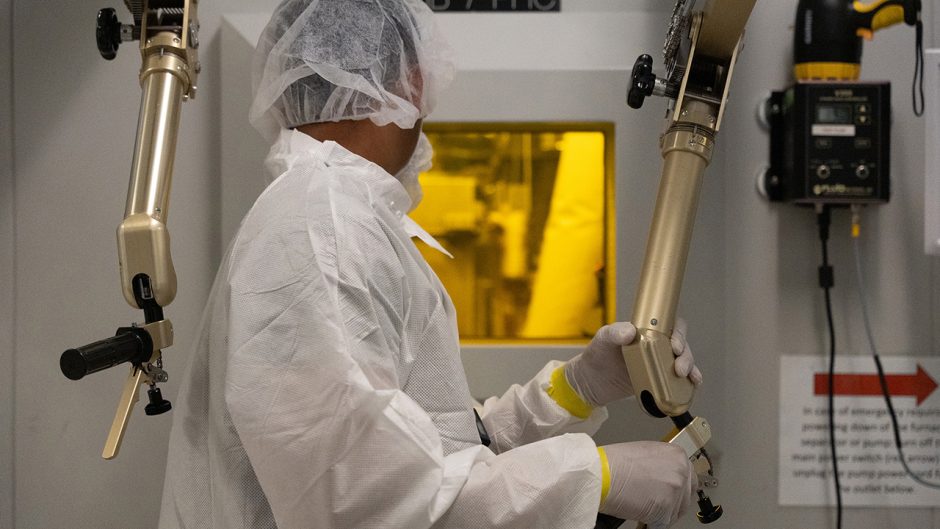
April 21, 2021
Contact: Stephanie Fleming, sfleming@missouri.edu, 573-882-8353
The University of Missouri System understands that the accessibility of its digital campuses is just as important as the accessibility of its physical campuses. With that in mind, the UM Board of Curators has adopted a digital accessibility policy that is not only grounded in the principles of inclusion and equity but with the knowledge that accessible digital content enhances the usability for everyone.
“As an institution, we must ensure that all students, faculty and staff have equal opportunity to use technology and our online communications,” President Mun Choi said. “Just as we ensure that everyone can access our facilities by providing features such as ramps and automatic doors, it is important that our websites, online platforms and online courses be designed with accessibility features necessary to be usable by the many students, faculty, staff and visitors who rely on various types of assistive technology.”
The new policy focuses on digit accessibility and creates requirements for ensuring accessibility of information technologies and digital communications.
The policy will:
- Support policies and procedures that ensure each university campus purchases and develops technologies and communications that are accessible.
- Spur creation of educational resources for faculty, staff and students on digital accessibility.
- Launch a UM System Digital Accessibility Committee to ensure long-term strategic planning, collaboration and shared resources between the campuses.
Digital accessibility ensures that people who use assistive technology can access websites, educational resources, online courses, applications and all aspects of the “digital campus.” For example, an individual who needs flexibility in reading, such as a student with a learning disability or a vision disability, could use audio formats or text to speech programs to read text out loud.
Additionally, accessible websites ensure that a student with a vision disability can zoom in to better see the material while also helping everyone who uses mobile devises such as smartphones and tablets to easily read and access online content. Captions in videos provide access for individuals with a hearing disability while also helping others better understand the content.
The UM System policy was drafted over the last year by the Digital Accessibility Task Force, which is composed of faculty, staff and students from all four campuses and Um System. The policy has been thoroughly vetted by the University of Missouri Intercampus Faculty Cabinet (IFC), the Intercampus Staff Advisory Council (ISAC) and the Intercampus Student Council (ISC), as well as the Office of General Counsel, Chief Information Officer and numerous administrators, faculty, staff and students on each campus.




